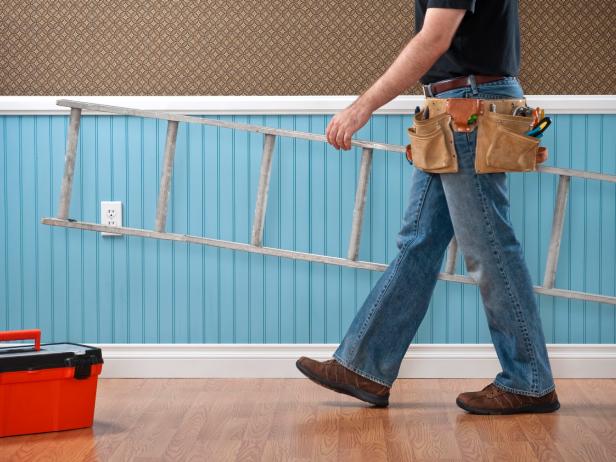Are you thinking about remodeling your industrial kitchen? Well, you’ve come to the right place! When it comes to commercial remodeling for industrial kitchens, there are two key factors that should always be at the top of your priority list: safety and efficiency.
Ensuring safety is absolutely crucial in any kitchen environment, and industrial kitchens are no exception. From fire prevention to proper ventilation and equipment placement, every aspect needs to be carefully considered to minimize potential hazards. Additionally, incorporating safety features like non-slip flooring and adequate lighting is essential to create a secure working environment for your staff.
Now, let’s talk about efficiency. An efficiently designed industrial kitchen can make a world of difference in terms of productivity and cost-effectiveness. Optimal workflow, smart equipment placement, and ergonomic design can help streamline operations, reduce downtime, and improve overall efficiency. Maximizing space utilization and incorporating energy-efficient appliances can also contribute to long-term savings.
Concept Design Develop INC is your trusted partner for industrial kitchen remodeling, ensuring safety, efficiency, and top-quality design.
Ensuring safety and efficiency while industrial kitchen remodeling:
we’ll dive deeper into the world of commercial remodeling for industrial kitchens, exploring key strategies and considerations to ensure both safety and efficiency. So, get ready to transform your kitchen into a well-oiled machine that not only meets industry standards but also boosts productivity and keeps your team happy. Let’s get started!
Ensuring Safety
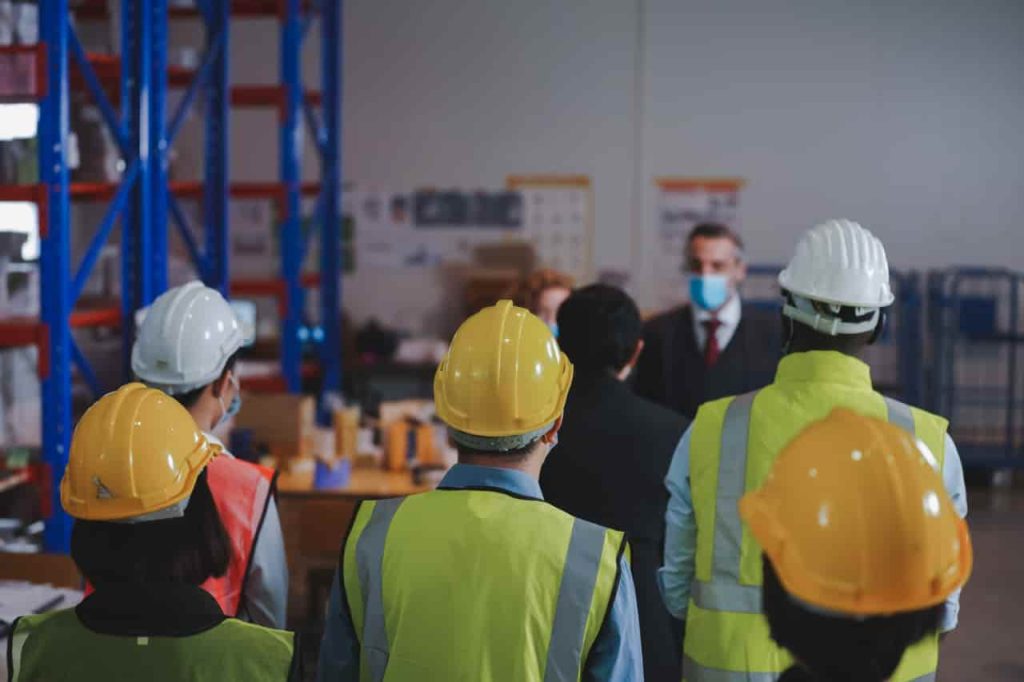
A. Fire prevention measures:
Installing fire suppression systems, such as sprinklers or fire extinguishers
Ensuring proper ventilation to prevent the buildup of grease and smoke
Implementing fire-resistant materials for walls, floors, and ceilings
B. Proper ventilation and exhaust systems:
Installing a robust ventilation system to remove heat, smoke, and odors
Ensuring adequate airflow to maintain a comfortable working environment
Regularly cleaning and maintaining the ventilation system to prevent grease buildup and fire hazards
C. Equipment placement and spacing:
Strategically arranging equipment to allow for safe movement and easy access
Ensuring sufficient space between equipment to prevent accidents or collisions
Installing protective barriers or guards where necessary to prevent injury
D. Non-slip flooring and adequate lighting:
Using non-slip flooring materials to reduce the risk of slips and falls
Ensuring proper lighting throughout the kitchen to improve visibility
Installing task lighting in specific work areas to enhance safety and accuracy
By implementing these safety measures, you can significantly reduce the risk of accidents, injuries, and fires in your industrial kitchen. Remember, safety should always be the top priority to protect your staff, customers, and your business as a whole.
Enhancing Efficiency
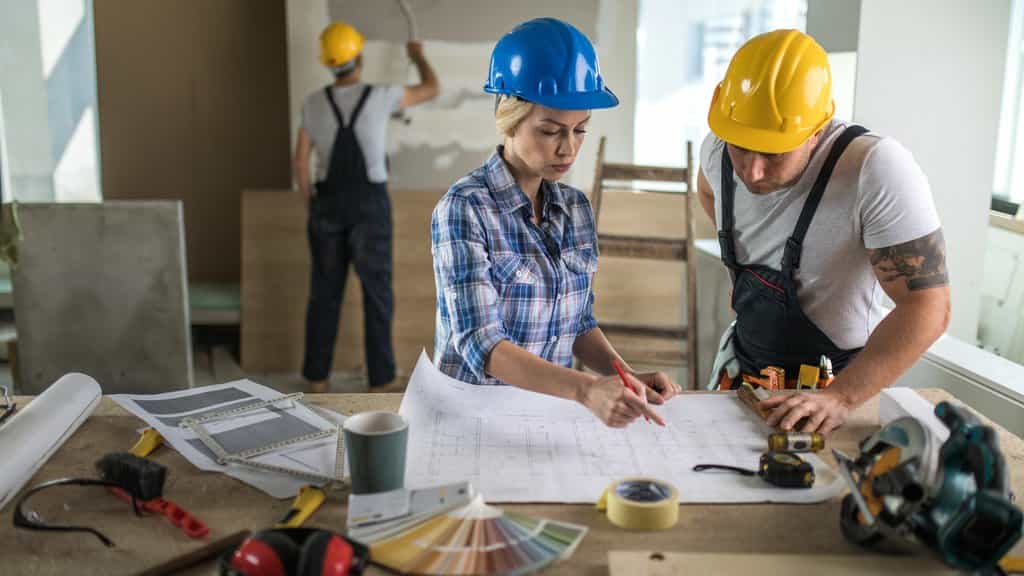
A. Optimizing workflow and kitchen layout:
Analyzing the current workflow and identifying bottlenecks or inefficiencies
Designing a layout that minimizes unnecessary movement and maximizes efficiency
Creating designated zones for different tasks to streamline operations
B. Strategic equipment placement:
Placing equipment based on workflow and usage frequency to minimize time wasted on movement
Considering ergonomics and ease of use when determining equipment placement
Grouping related equipment together for convenience and efficiency
C. Ergonomic design for staff comfort:
Selecting equipment and fixtures that promote ergonomic movements and reduce strain
Providing adjustable workstations and seating to accommodate different staff heights and preferences
Incorporating anti-fatigue mats and proper ventilation to enhance staff comfort and productivity
D. Maximizing space utilization:
Utilizing vertical space through shelving or storage solutions
Implementing smart storage systems to keep utensils, ingredients, and supplies organized and easily accessible
Utilizing multi-purpose equipment or compact designs to optimize space usage
E. Energy-efficient appliances and systems:
Investing in energy-efficient appliances to reduce utility costs and environmental impact
Installing programmable thermostats and energy management systems for efficient temperature control
Using LED lighting and energy-saving bulbs throughout the kitchen
By focusing on enhancing efficiency, you can improve productivity, reduce wasted time and resources, and ultimately increase your kitchen’s output. Efficient workflow and thoughtful design can lead to smoother operations, faster service, and improved customer satisfaction.
Compliance with Regulations and Standards

A. Familiarizing with local health and safety codes:
Researching and understanding the specific regulations and requirements set by local health departments or relevant governing bodies
Ensuring compliance with regulations related to food handling, sanitation, ventilation, fire safety, and more
B. Meeting industry-specific requirements:
Identifying industry-specific standards that apply to your type of business, such as those for commercial kitchens, restaurants, or food processing facilities
Adhering to guidelines regarding equipment specifications, waste disposal, food storage, and hygiene practices
C. Engaging professionals for compliance assessment:
Consulting with experts, such as architects, contractors, or kitchen consultants, who specialize in commercial kitchen regulations
Conducting a comprehensive assessment of your kitchen’s current state to identify any areas of non-compliance
Seeking professional guidance to ensure necessary modifications or upgrades to meet regulations and standards
Maintaining compliance with regulations and standards is essential to operate legally and safely. Non-compliance can result in penalties, closures, or reputational damage.
By staying informed and working with professionals, you can ensure that your industrial kitchen meets all the necessary requirements and operates in a manner that prioritizes safety and health.
Budgeting and Project Planning

A. Setting a realistic budget:
Assessing your financial resources and determining a budget for the remodeling project
Considering the costs of materials, labor, permits, and any additional expenses that may arise
Allowing for contingency funds to accommodate unforeseen circumstances or changes in scope
B. Prioritizing safety and efficiency upgrades:
Identifying the most critical safety and efficiency improvements based on your kitchen’s specific needs
Allocating a portion of the budget to prioritize these upgrades, ensuring that they are not compromised due to budget constraints
Evaluating the potential return on investment (ROI) for each improvement to make informed decisions
C. Creating a detailed project plan:
Outlining the scope of the project, including the specific areas or aspects of the kitchen that will be remodeled
Establishing a timeline with clear milestones and deadlines for each phase of the project
Identifying the necessary resources, such as contractors, suppliers, and permits, and incorporating them into the plan
By effectively budgeting and planning your commercial kitchen remodeling project, you can ensure that the allocated resources are used efficiently and that the project progresses smoothly. A well-defined plan will help you stay on track, manage costs effectively, and achieve the desired safety and efficiency enhancements within your financial means.
Selecting Reliable Contractors and Suppliers
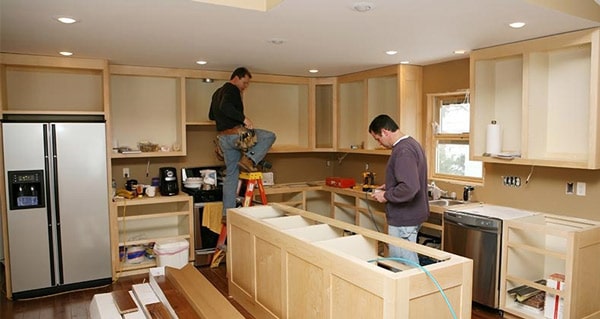
A. Researching reputable professionals:
Conducting thorough research to identify reputable contractors and suppliers specializing in commercial kitchen remodeling
Seeking recommendations from trusted sources, such as industry colleagues, trade associations, or online reviews
B. Evaluating contractor qualifications and experience:
Verifying licenses, certifications, and insurance coverage to ensure compliance with legal requirements
Reviewing portfolios or past projects to assess the contractor’s expertise in industrial kitchen remodeling
Requesting references and contacting previous clients to gauge their satisfaction with the contractor’s work
C. Sourcing high-quality equipment and materials:
Identifying reputable suppliers known for providing durable and reliable equipment and materials
Assessing the quality, performance, and warranty options of products offered by different suppliers
Comparing prices and negotiating contracts to secure competitive rates without compromising on quality
By selecting reliable contractors and suppliers, you can have confidence in the expertise and reliability of the professionals involved in your commercial kitchen remodeling project. Working with experienced contractors and sourcing high-quality equipment and materials will contribute to the successful execution of the project and the long-term durability and efficiency of your industrial kitchen.
Execution and Project Management
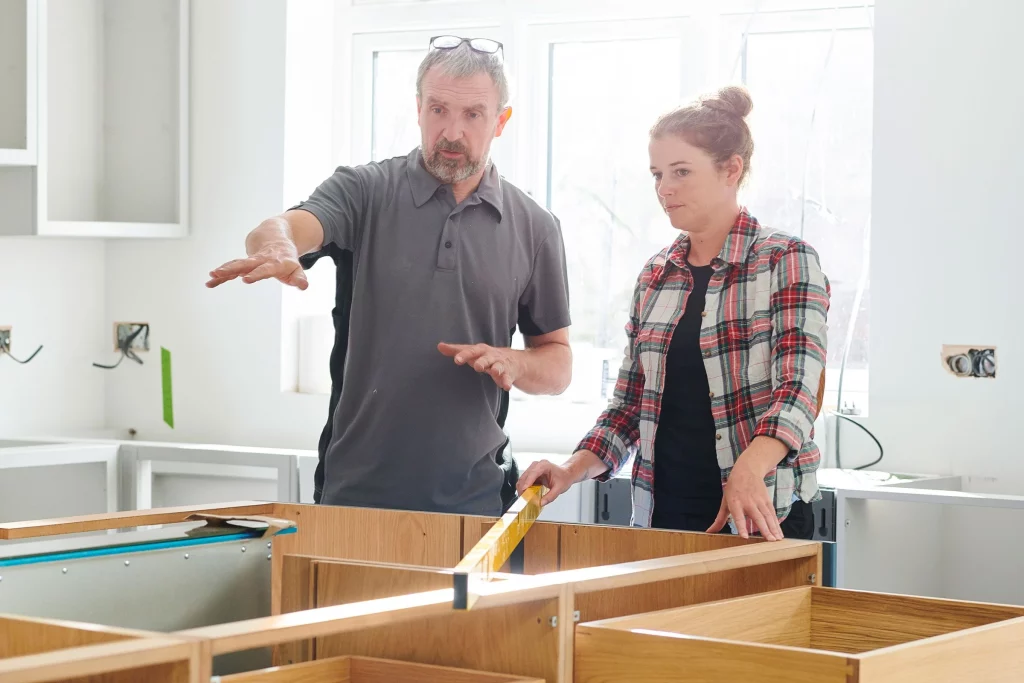
A. Coordinating with contractors and suppliers:
Establishing clear communication channels with contractors and suppliers to ensure efficient collaboration
Holding regular meetings to discuss project progress, address any concerns or challenges, and make necessary adjustments
Maintaining open lines of communication to promptly address any issues that may arise during the remodeling process
B. Managing timeline and progress:
Monitoring the project timeline closely to ensure that tasks are completed according to schedule
Identifying potential bottlenecks or delays and taking proactive measures to mitigate them
Regularly updating stakeholders on the progress of the project and addressing any changes or deviations from the initial plan
C. Regular inspections and quality control:
Conducting frequent inspections to ensure that work is being done in accordance with the agreed-upon standards and specifications
Addressing any deficiencies or discrepancies promptly to maintain quality and compliance
Engaging in thorough quality control measures to ensure that the final result meets safety and efficiency requirements
Effective execution and project management are crucial for the successful completion of your commercial kitchen remodeling. By maintaining strong coordination with contractors and suppliers, closely monitoring progress, and conducting regular inspections, you can ensure that the project stays on track, adheres to established timelines, and meets the desired safety and efficiency goals
Training and Staff Education
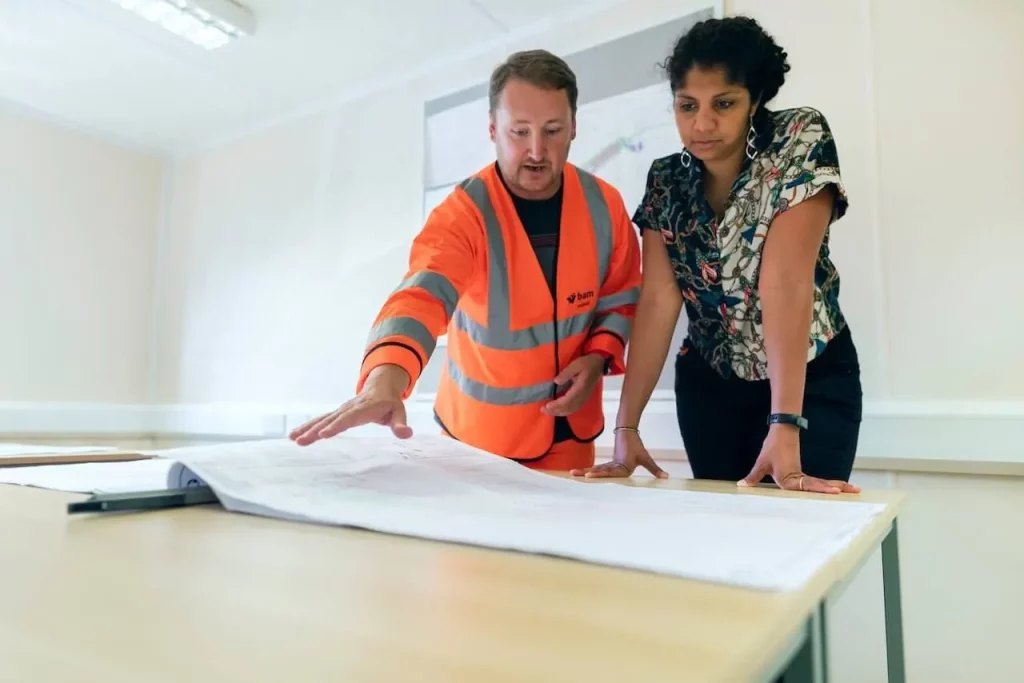
A. Providing proper training on new equipment:
Conducting comprehensive training sessions for staff members on the operation and maintenance of newly installed equipment
Ensuring that employees understand proper usage, safety protocols, and cleaning procedures for each piece of equipment
Offering hands-on training and opportunities for staff to ask questions and seek clarification
B. Educating staff on safety protocols and procedures:
Conducting regular safety training sessions to familiarize staff with safety procedures specific to the remodeled kitchen
Emphasizing the importance of proper handling of equipment, fire safety protocols, and proper use of personal protective equipment (PPE)
Encouraging a safety-conscious culture through ongoing communication, reminders, and periodic safety drills
C. Encouraging ongoing learning and feedback:
Providing opportunities for staff members to enhance their skills and knowledge through additional training or workshops
Encouraging staff to provide feedback and suggestions for further improving safety and efficiency in the kitchen
Recognizing and rewarding employees who actively contribute to maintaining a safe and efficient work environment
Investing in staff training and education is vital to ensure that your team is well-equipped to operate in the remodeled kitchen safely and efficiently. By providing thorough equipment training, reinforcing safety protocols, and fostering a culture of continuous learning, you empower your staff to perform their tasks with confidence, minimize the risk of accidents, and contribute to the overall success of your industrial kitchen.
Maintenance and Long-Term Sustainability
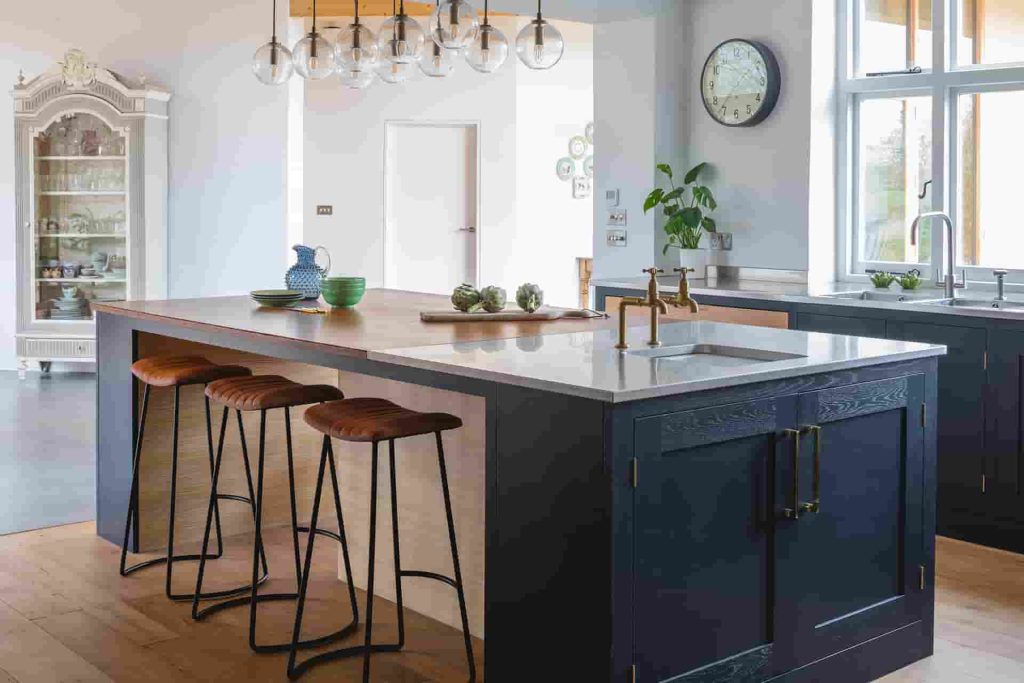
A. Implementing regular maintenance schedules:
Establishing a maintenance schedule for equipment, including routine inspections, cleaning, and servicing
Conducting preventive maintenance to identify and address potential issues before they become major problems
Keeping detailed records of maintenance activities and tracking equipment performance
Monitoring energy usage and efficiency:
Tracking energy consumption in the remodeled kitchen and identifying areas where improvements can be made
Implementing energy-saving practices, such as using energy-efficient lighting, properly sealing doors and windows, and optimizing equipment settings
Regularly assessing energy usage and identifying opportunities for further energy conservation
C. Continuous improvement for safety and efficiency:
Encouraging staff to report any safety concerns or suggestions for improvement
Conducting periodic safety audits to identify potential hazards and address them promptly
Staying up to date with industry trends and advancements to identify opportunities for enhancing efficiency and adopting innovative solutions
D. Engaging professional services:
Partnering with professionals, such as maintenance contractors or energy consultants, to conduct specialized assessments and audits
Seeking expert advice on implementing sustainable practices and optimizing equipment performance
Collaborating with professionals to address any maintenance or sustainability issues that require specialized knowledge
By prioritizing maintenance and long-term sustainability, you ensure the continued safety, efficiency, and cost-effectiveness of your remodeled industrial kitchen. Regular maintenance, monitoring energy usage, promoting continuous improvement, and engaging professional services all contribute to a sustainable and high-performing kitchen environment.
For professional kitchen remodeling that prioritizes safety and efficiency, trust Concept Design Develop INC. They are the experts in residential remodeling and will transform your kitchen into a functional and stylish space.
FAQS:
What are the 4 major systems in a commercial kitchen?
The four major systems in a commercial kitchen are the ventilation system, refrigeration system, cooking equipment system, and plumbing system
What is safety in a commercial kitchen?
Safety in a commercial kitchen refers to the implementation of measures and practices to prevent accidents, injuries, and hazards, ensuring the well-being of staff, customers, and the overall environment
What are 5 basic rules of kitchen safety?
Keep your workspace clean and organized.
Handle knives and sharp objects with caution.
Use proper techniques to prevent burns and scalds.
Avoid cross-contamination by practicing proper food handling and storage.
Follow instructions and guidelines for equipment usage to prevent accidents
What is a commercial kitchen layout?
Commercial kitchen layout refers to the strategic arrangement and organization of various work areas, equipment, and fixtures within a commercial kitchen to optimize workflow, efficiency, and safety for food preparation and service.
What makes an industrial style kitchen?
An industrial style kitchen typically features elements such as exposed brick or concrete walls, open ceilings, stainless steel appliances, reclaimed wood accents, and minimalistic design with a focus on functionality and durability.
Conclusion
In conclusion, when it comes to commercial remodeling for industrial kitchens, ensuring safety and efficiency is paramount. By prioritizing safety measures, optimizing workflow, complying with regulations, and selecting reliable contractors, you can create a kitchen that not only operates smoothly but also safeguards the well-being of your staff and customers. With careful budgeting, effective project management, staff training, and a focus on long-term sustainability, your remodeled kitchen can become a thriving hub of productivity and success. So, take the necessary steps to transform your industrial kitchen into a safe, efficient, and thriving space that meets industry standards and drives your business forward.

